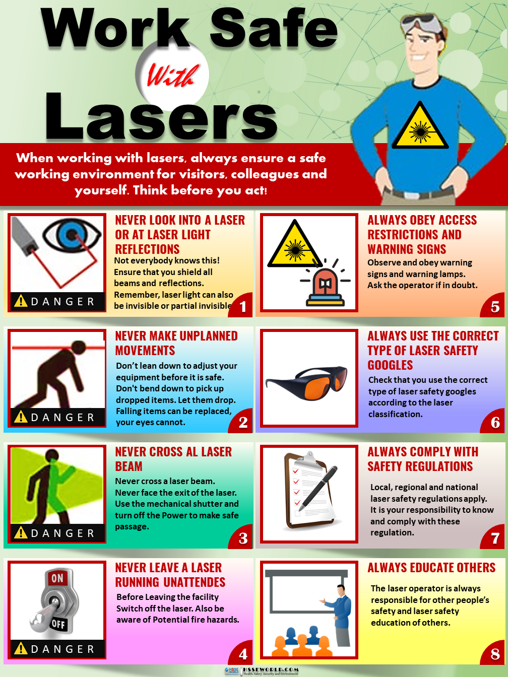Due to the COVID-19 pandemic, many of us are finding ourselves working remotely. We’re at home, self-isolating, quarantined, or on a government-imposed lock-down. Even with daily contact with the boss, conference calls through Zoom or Skype or monitoring through the company systems, that still classifies employees as working alone.
(Find out How to Manage COVID-19 in Your Workplace.)

We safety professionals all know the regulations for working alone, and I don’t doubt that your company has working alone procedures (WAP) in place. But you still need to take a close look at how that system can (and must be) applied to our current situation.
Working Alone: The Risks
Aside from the hazards related to the tasks being performed, there are two fundamental risks of working alone.
- In the event of an incident, there is no help immediately available. No one else is around to provide a lone worker with aid or assistance.
- Employees who work alone and are injured, incapacitated, or trapped may not be able to call for help.
I’m currently working from my basement, alone. I’m about 20 minutes away from any kind of emergency response. And because I’m out in the country, I only need one hand to count the number of vehicles that drive by my place every day.
My lifelines are my laptop and my cell phone.
(Learn How to Improve Lone Worker Safety.)
Your Working Alone Policy
There are, then, two critical elements needed in your WAP. If they’re not included, you need to get your policies up to speed now.
If an employer has employees working by themselves, the OHS code requires the employer to:
- Ensure those workers have an effective way of communicating with their employer, immediate supervisor, or another designated person in case of an emergency.
- Regularly contact the worker at intervals appropriate to the nature of the hazards associated with the work.
These both have to do with communication, but you also need documentation. Remember that nothing happens unless it’s recorded and verified. Saying “Oh yeah, I talked to Jane last Thursday” just isn’t going to cut it.
Your system needs to have regular check-ins and logs or forms to verify that the contacts were made.
Check-ins don’t seem serious, but they are. You need consequences for anyone who chooses not to contact their supervisors when they’re supposed to do so. Failure to contact an employer when check-in is due initiates a response from the employer. A false alarm is a waste of time and resources, not to mention the stress it adds to those who can’t reach you.
So, for remote workers, your system should have the following.
- Written procedures, including forms to document person-to-person communication at least twice a day. Text messaging or email is acceptable ways to do this, as long as they can be stored as a permanent record.
- Designated people in charge of these contacts and keeping a record of them, as well as someone who is checking to make sure they are doing it. Human Resources can help you set this up.
- An understood, taught, and trained response mechanism that will be initiated when contact fails.
- Documented physical checks of system log-in and log-out for staff working online. If your company is large enough, your I.T. personnel should be able to set up this part.
- An inventory or listing of staff working remotely, complete with valid addresses and emergency contacts for each staff member. Your HR or Finance folks can help with that as well
And if you lose contact with someone who is working remotely, do not go to the house yourself. Send emergency services instead. They can get there faster and have the skills and equipment required to handle the situation.
Keep Your Workers Safe – No Matter Where They Are
Working alone policies are not just nice to have, they’re a necessity – especially at a time when an unprecedented number of people are working remotely.
There are approximately 36.5 million single-person households in the United States, and 4 million in Canada. That means a significant percentage of your workforce is likely to be working alone when working from home.
Lassie isn’t going to call 9-1-1 if something happens to your employee. And relying on the roommates, spouses, children, or parents they’re quarantined with to make sure they’re okay is inconsistent and unreliable.
It is the employer’s responsibility to ensure the safety of the workers they have sent home. Our job as safety professionals is to change our working at-home procedures to accommodate this.
During this time, it’s important to take care of your people. Create solutions, not additional problems.




